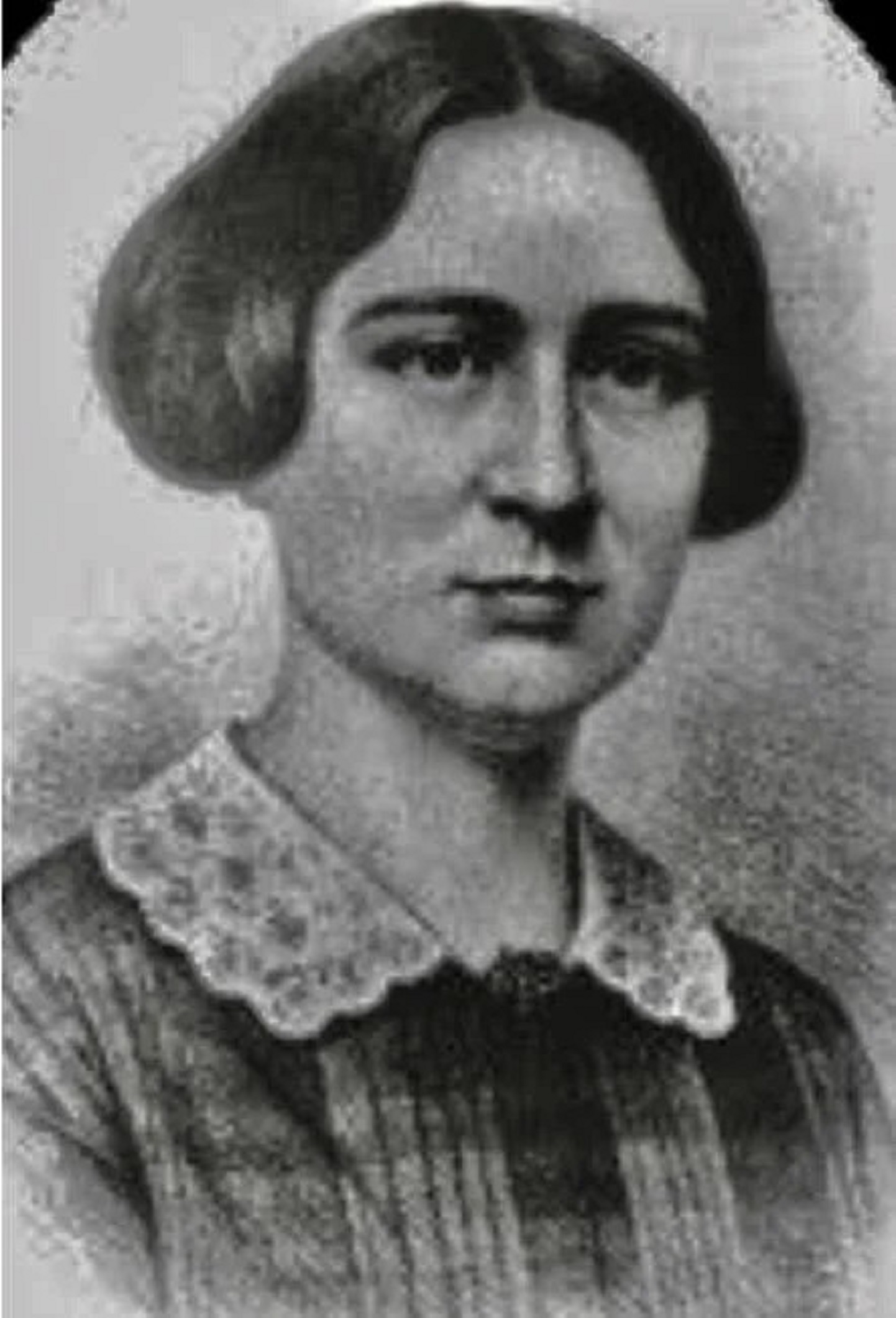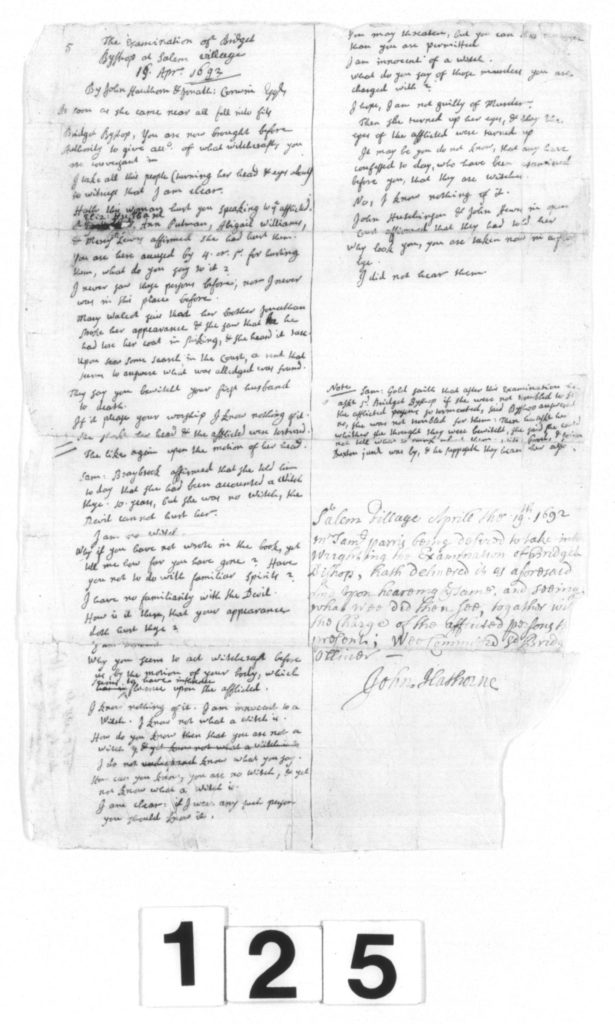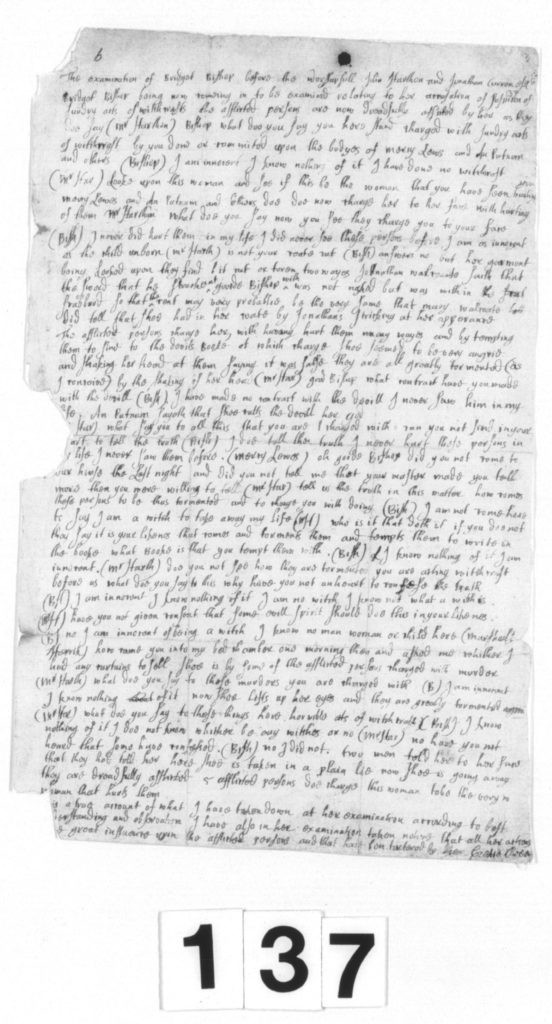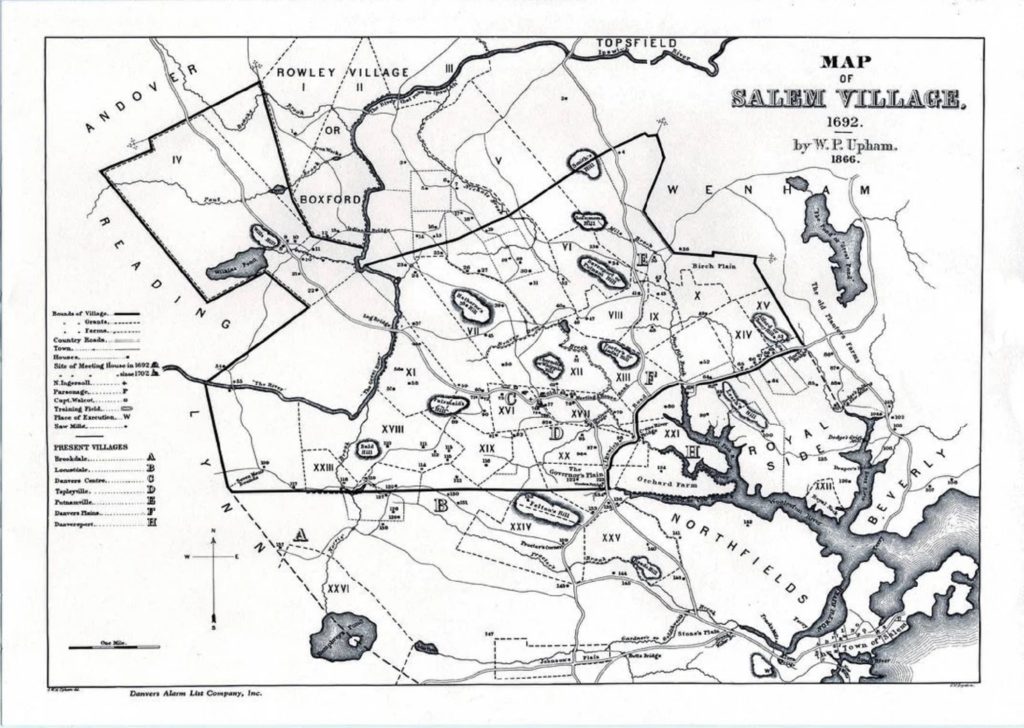
Salem Witch Trials: The Accused Sarah Good by Odin’s Daughter
Sarah Good is part of the first accused. Her trial started on March 1st, 1692. Just as Bishop before her; she had gone through many examinations, witness testaments, review of evidence, indictments, depositions, outside testimonies, warrant for execution and even one for her original arrest. Sadly, along with her arrest, her 4-year-old daughter Dorothy (listed as Dorcas) and unborn child joined her. Her husband, though not vouching that she was indeed a witch, was nearing to become one.
Sarah Good, born Sarah Solart, in 1653. Her father was a successful innkeeper. Her first marriage was to servant Daniel Poole, who later died in 1686. Later she married again, this time to William Good. The family was worse for wear. Living the life of poor New Englanders due to her first husband’s debt. They lived in homes of friends and bounced around with two small children.

Sarah Good did not have a decent reputation in the town. She was known as unpleasant and disreputable. This very soon did not help her chances at life. On February 29th, 1692, a warrant for her arrest was established. She was questioned endlessly and repeatedly. She even broke once and named someone else to turn the attention away from herself. Many had accused of witchcraft in various forms. At one point during her trial, a girl in the room pulled a knife tip from the breast of her jacket claiming Good tried to stab her. A man stood up claiming that the accusation was a flat lie. That in fact that was the knife tip he broke off yesterday and threw away. He even produced the knife the tip came from. One would think, that just maybe, this incident would shed hope onto Good. It did not, the girl was told not to lie in court and the proceedings continued. Another point that added fuel to the fire, was her Husband. He did not declare her a witch but did say she was on her way to becoming one. Her bad reputation in Salem was the big nail in the coffin. It was even said she was an aged woman in or near her seventies with white hair and bad skin. Giving way to what we see to today as descriptors through media, stories and tales of witches and hags.


Sarah Good was sentenced to hang, but not before the birth of her unborn child. Sadly, the child born in prison was a girl she named Mercy. Shortly before she hung, Mercy died in prison. Her daughter Dorothy, sat in prison for 7 to 8 months before being released to her father under bond. She thankfully never had to stand trial. Only though she lived a mentally unstable life; she endured much questioning, little to no food, damp conditions, loneliness, physical examinations and cracked. She gave testimony against her own mother under extreme duress. She is said to have lived a life with insanity. Her mother was hung July 19th, 1692.
The individuals involved are too often reduced to stock characters and stereotypes when accuracy is sacrificed to indignation. And although the flood of names and detail in the history of an extraordinary event like the Salem witch trials can swamp the individual lives involved, individuals still deserve to be remembered and, in remembering specific lives, modern readers can benefit from such historical intimacy. By examining the lives of six specific women, Marilynne Roach shows readers what it was like to be present throughout this horrific time and how it was impossible to live through it unchanged.
Further Resources:
Salem Witch Trials: The Accused Bridget Bishop
Four-year-old Dorothy Good is jailed for witchcraft, March 24, 1692
The Witchcraft Trial of Sarah Good







